Best solutions for your business
Elevate your brand online with our expert digital marketing solutions. Boost visibility, engage audiences, and drive success.

Best solutions for your business
Elevate your brand online with our expert digital marketing solutions. Boost visibility, engage audiences, and drive success.

UI/UX Design
Mobile App Design
Landing Page Design
Logo Branding
Website Design
No-Code Development
Mobile App Development
Application Development
E-Commerce Solutions
Content Management
Search Engine Optimization
Social Media Marketing
Pay Per Click
Google Business Profile (GBP)
Email Marketing
Display Marketing
Content Strategy
What is included in our UI/UX design services?
When you partner with DigiSenseHub, you’ll gain access to our full range of UI/UX services. These services are designed to optimize every facet of your UI/UX including:
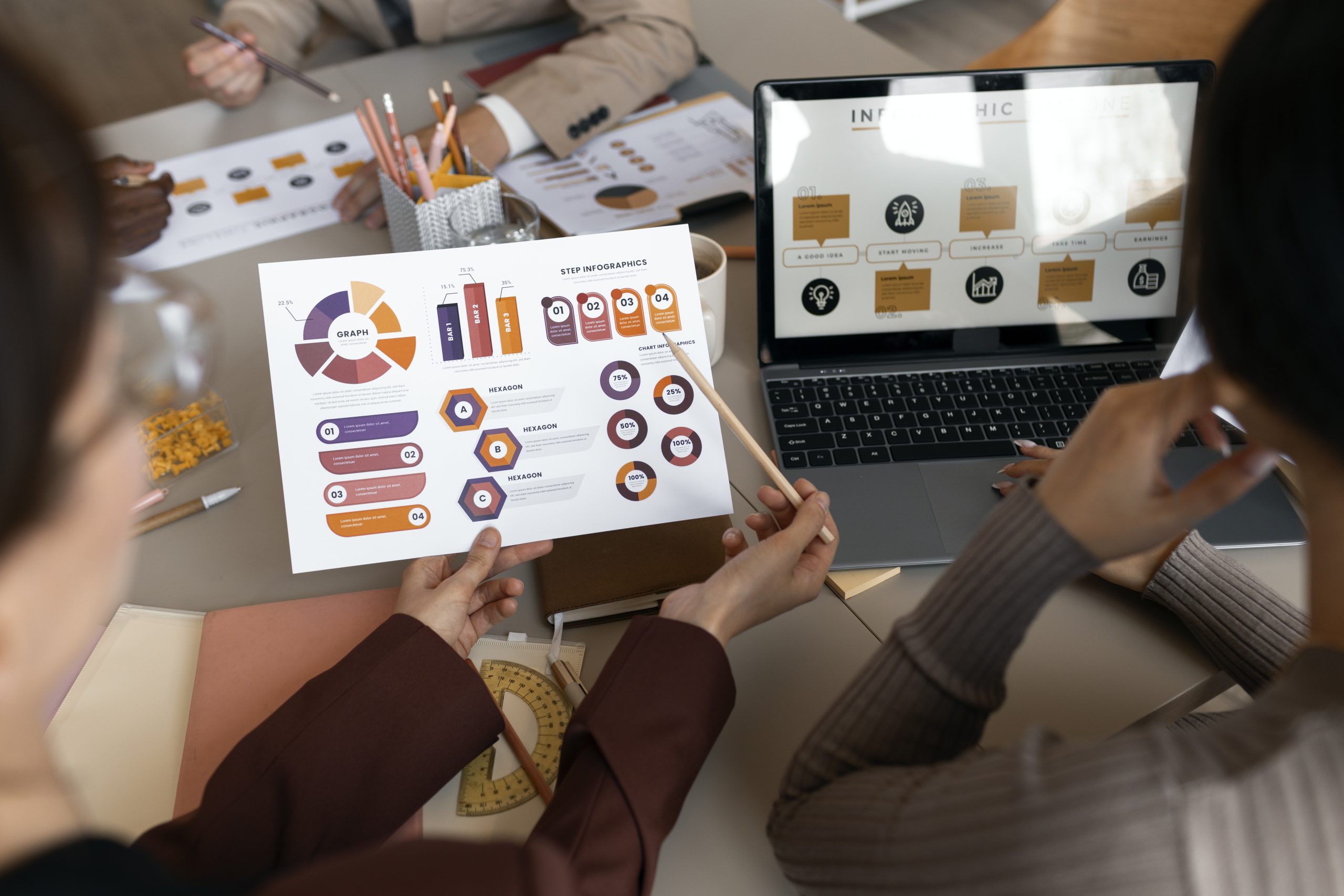
User Research
Understanding the target audience by gathering insights into their behaviors, preferences, and needs is crucial for any UI/UX design company. This involves methods such as interviews, surveys, and competitor analysis. By leveraging these techniques, a UI/UX design services company can ensure they create user-centric designs that meet the specific needs of their clients. Engaging a skilled UI/UX designer in this process helps in translating these insights into intuitive and effective user interfaces.
Competitor Analysis: Study competitors to understand their strengths, weaknesses, and market gaps.
Stakeholder Interviews: Gather insights from customers, employees, and partners to align with company goals.
Surveys and Questionnaires: Collect quantitative data to understand audience trends and preferences.
User Interviews: Gain in-depth insights into user experiences and needs.
Usability Testing: Identify usability issues by observing user interactions with the product.
Analyzing the Company's Goals: Align user research findings with the company's strategic objectives.
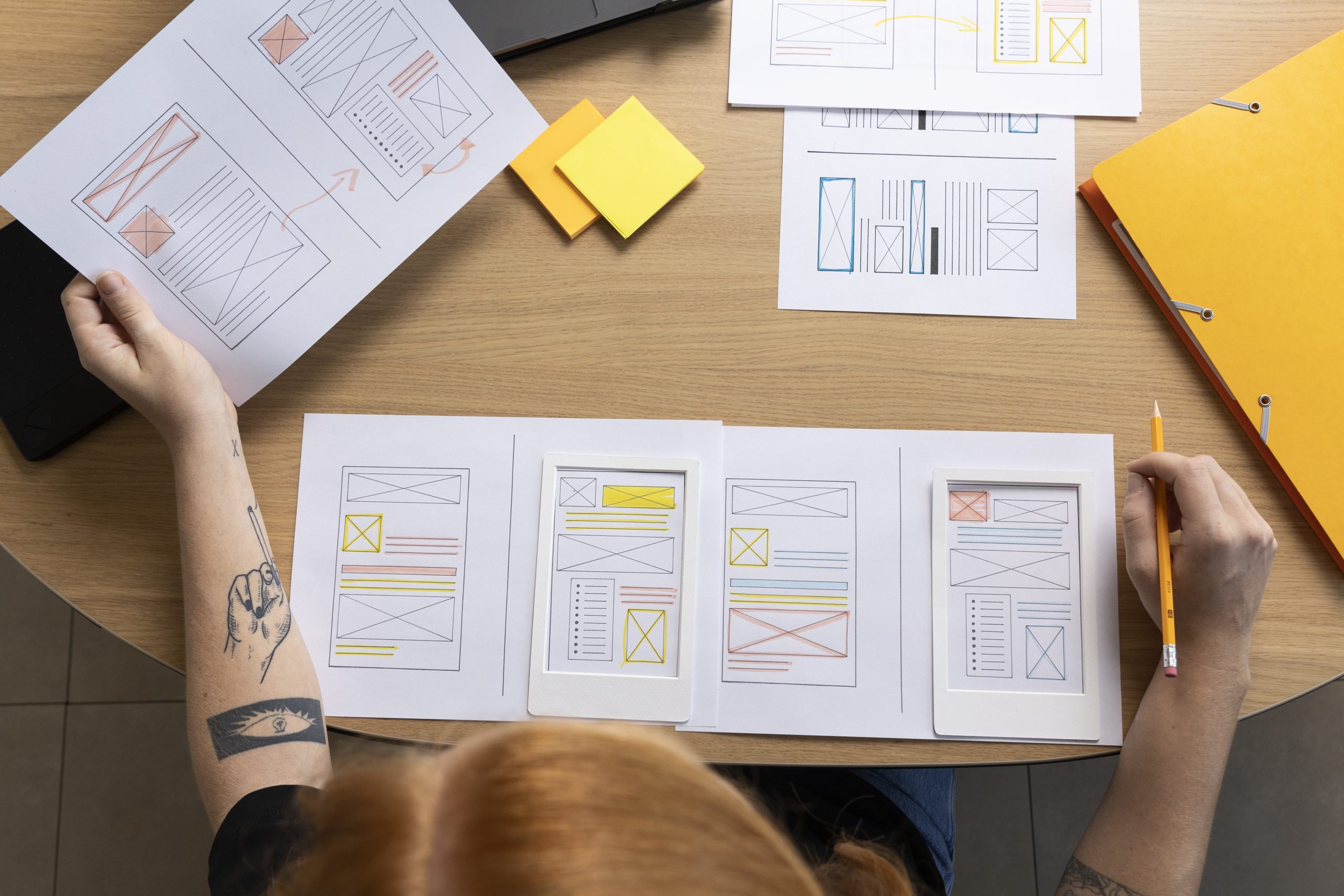
Information Architecture and Wireframing
Concern the organization of an interface’s design, or the establishment of how an interface should be constructed to maintain order and accessibility. Information architecture defines how content is to be laid out while wireframing gets to the frameworks that are to be used to erect a site without necessarily focusing on the intricacies of the layout. Combined, both forms assist designers in developing excellent user interface that can fulfill the requirements of the users and the business respective.
Structure: Organizing the overall layout.
Navigation: Designing how users move through the interface.
Content Placement: Determining where content elements are positioned.
Interaction: Planning user interactions with the interface.
Usability: Ensuring the interface is user-friendly and intuitive.
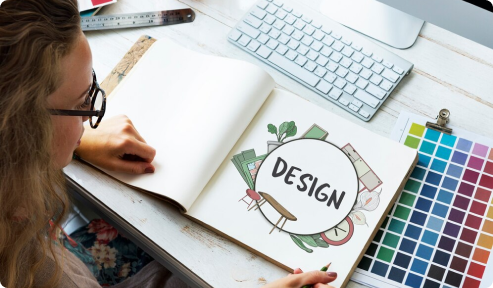
Prototyping and User Testing
Building prototypes that are easily interactive makes it possible for designers to show the likely interaction and operations of a given design before coming up with the final design. User testing is an essential activity here because what the user has to experience is real problems and challenges, for example, confusing navigation or inadequate user flow. It is then utilized in providing feedback to the current design in design enhancement in improving the design.
Color Palettes: Choosing harmonious colors to enhance visual appeal.
Typography: Selecting readable and aesthetically pleasing fonts.
Imagery: Using relevant images to support content and design.
Graphical Elements: Incorporating icons, buttons, and other visuals.
Maintaining Visual Consistency: Ensuring a cohesive look and feel across the interface.
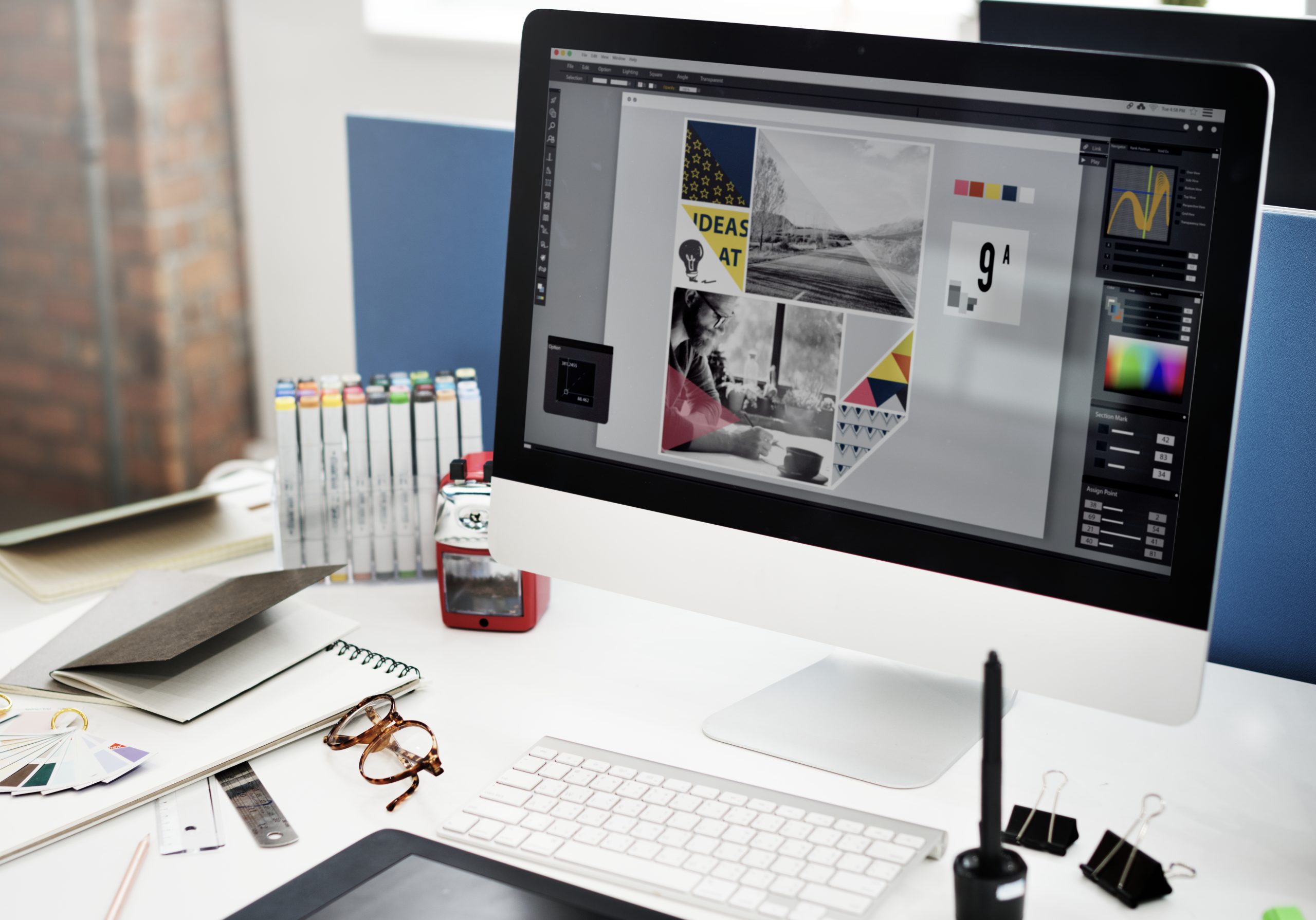
Visual Design
Including the Overall Layout or Design That Best Reflects the Brand Image and Helps in Engaging Users Involves Decision on the Combination of Colors, Typeface. This creates a sense of congruency between the design and the user and helps to enhance the brand identity while creating a far more pleasant usability experience.
Usability Testing: Conduct tests to ensure the design is user-friendly.
Feedback Analysis: Gather and analyze user feedback to identify areas for improvement.
Iteration: Make iterative changes based on feedback to refine the design.
Prototype Refinement: Enhance the prototype to better meet user needs and expectations.
Final Design Production: Produce the final design, ensuring it is polished and ready for implementation.
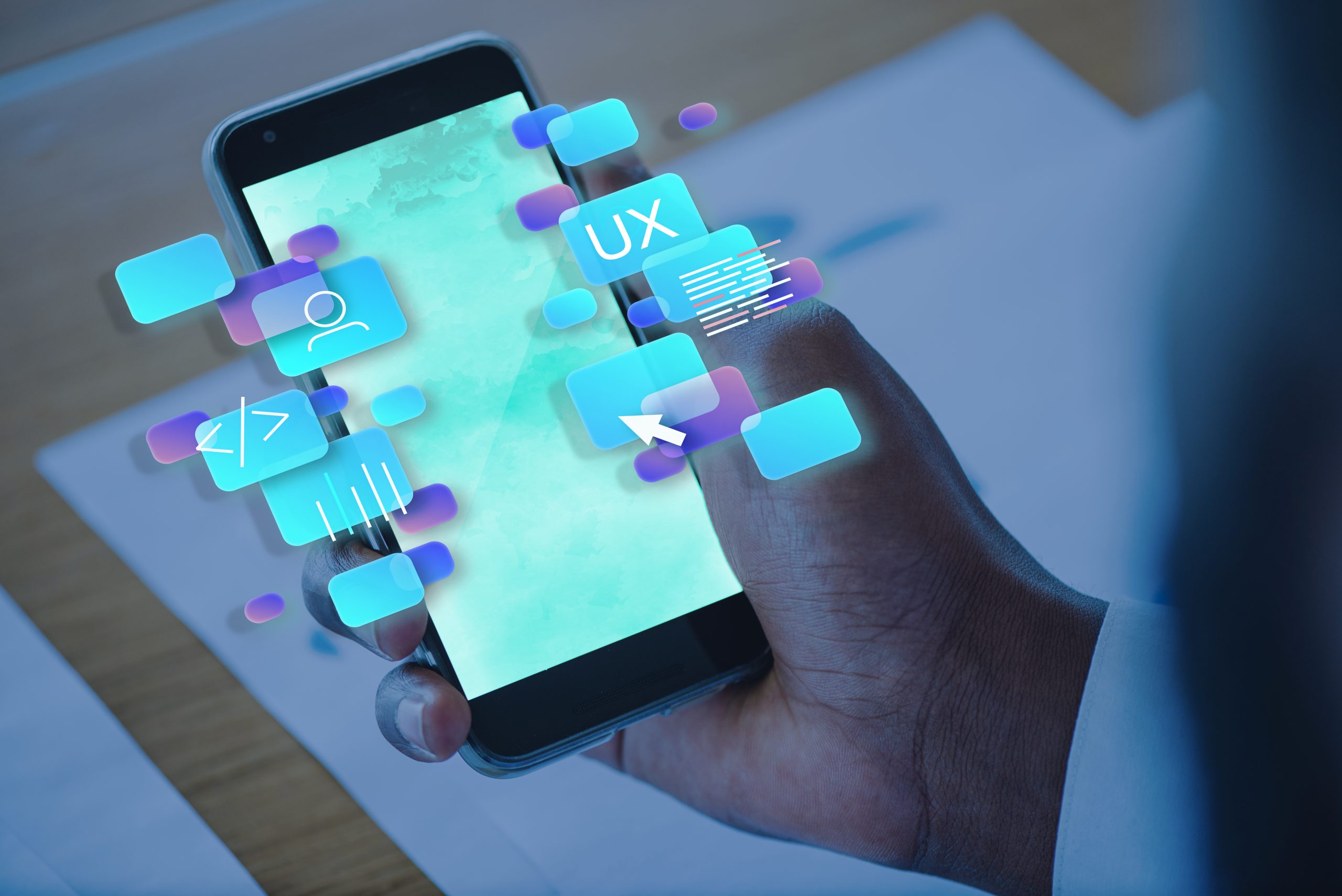
Responsive Design and Accessibility
Responsiveness should also be considered because the design should work equally well on any screen size and device the project will be viewed on. Accessibility is the process of taking when designing, focusing on persons with disabilities to ensure that the design is in compliance with the standards. This approach ensures users with physical impairments, Down syndrome, or any other type of disability will be able to use the design as every other user. As designers consider websites and applications to be more responsive, more accessible structures are developed in order to meet a wider market’s needs, thus optimizing the usability and gratification of a website/app on different platforms and screen sizes.
Responsive Design: Ensures the design adapts to various screen sizes and devices.
Accessibility: Focuses on designing for users with diverse abilities.
Compliance with Standards: Ensures the design meets accessibility guidelines.
Inclusive Design: Allows users with disabilities to interact with the design effectively.
Market Reach: Expands usability to a broader audience.
Optimized Usability: Enhances user satisfaction across different platforms.

Implementation and Iteration
The design will only be implemented if developers are involved from the onset and regularly consulted throughout the process. Several times users touch a site or an application needs to be performed along with their feedback analysis and possible modifications again serve the purpose of providing the ideal user experience. It will help to consolidate several versions into a more polished and effective final product, which will be in line with the user's expectations.
Developer Involvement: Engage developers from the beginning and consult them regularly.
Developer Involvement: Engage developers from the beginning and consult them regularly.
Feedback Analysis: Gather and analyze user feedback to identify areas for improvement.
Iterative Modifications: Make necessary changes based on feedback to enhance the design.
Polished Final Product: Consolidate versions into a final product that meets user expectations.
Our Approach to Design
Cool features of our UI/UX designing and development service
Intuitive User
Interface
We craft visually appealing and easy-to-navigate interfaces that guide users effortlessly through your digital product, ensuring a seamless and enjoyable experience.
User-Centered
Design
We understand users' needs and behavior, enabling us to create experiences that cater to their preferences and expectations, resulting in engaging and satisfying interactions.
Responsive and
Adaptive
Our designers design interfaces that seamlessly adapt to different devices, providing optimal viewing and interaction experiences across desktops, tablets, and smartphones.
Visual Design and
Branding
We design visually stunning interfaces that match your brand's style, using the right colors, fonts, and images for a cohesive user experience.
Interaction Design
We develop intuitive interactions that enhance user engagement, making navigation through your product effortless and efficient, resulting in a delightful user journey.
Data-Driven
Decision Making
We utilize analytics and user insights to inform design decisions, optimize user experiences, and drive continuous improvement for your digital product.

Why Choose Digitlay to Develop UI and give good experience of UX
60% faster delivery
Enterprise Ready
Effortless Deployment
Integration Made Easy
Minimalistic and Modern Design
Compliant and Secure
Reliable Contingency Plan
Effective Requirement Gathering
Industries we serve
Digitlay created results for more than 50+ industries & continuing
Healthcare
Real Estate
Finance
Education
Entertainment
Travel & Tourism
Wellness and Fitness
Technology

Some of Our Cases
See More PortfolioAlready imagined how your website or app would look like?
Technology & Tools
The technology stack for UI/UX design can vary based on the specific requirements of a project and the preferences of the design team.

Adobe Xd

Figma

Photoshop

Sketch

InVision

Miro

Maze


Get In Touch
With Us
We're here to provide you with excellent customer service. Don't hesitate to reach out to us
Email ID